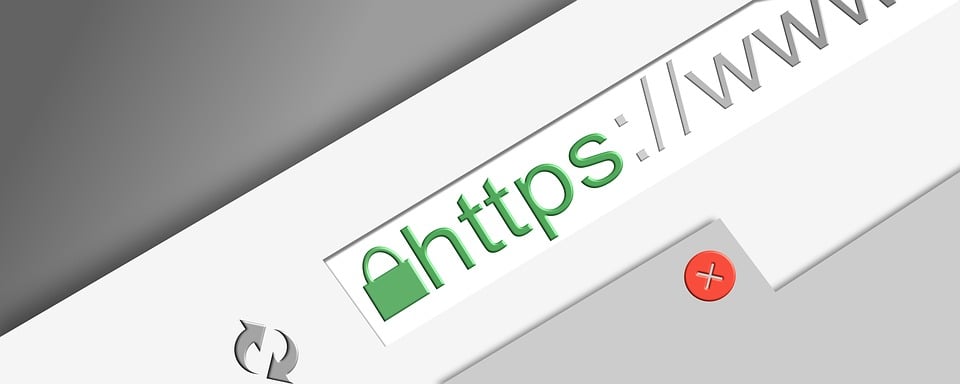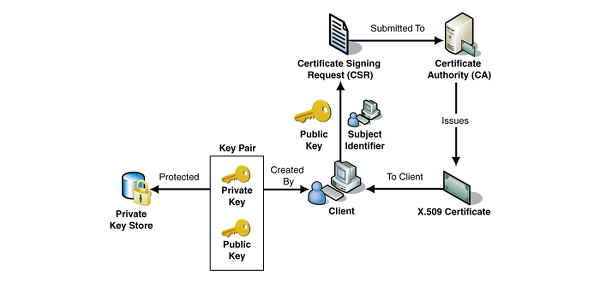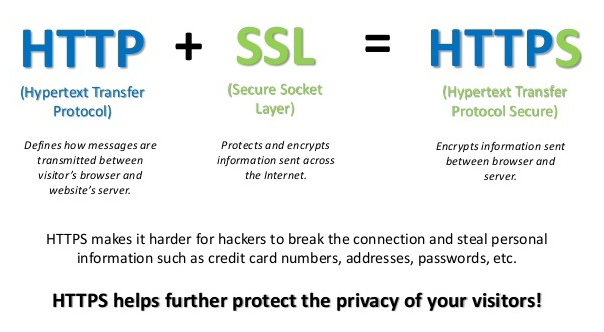SSL Certificate is a type of validation that a website will have to follow in order for the transaction to go through and be completed successfully. SSL is an abbreviation for secure socket layer, and this is the technology that underlies all types of secure web connection. This is done using an encrypted channel to transmit sensitive information from one party to the other, making it safe to share financial data or other forms of personal information online. If a website doesn’t follow this standard and does not make use of SSL certificate, there is a high risk that the data being sent could be intercepted by hackers.

Table of Contents
What is an SSL certificate?
Digital certificates are a pivotal element in Internet security. Secure Sockets Layer (SSL) certificates, also known as digital certificates, are used to establish an encrypted connection between a browser or a user’s computer and a server or website. SSL connections protect sensitive data (such as credit card information) exchanged during each visit (session) from interference from unauthorized users.

- SSL course
The SSL process is as follows: When a client requests an SSL-encrypted page, the web server sends the public key along with the certificate. The client then verifies that the certificate is signed by a CA it believes is trusted, that it is valid, and that the certificate is associated with the site it is trying to connect to. After that, the client uses the public key to encrypt and transmit the encryption key, URL, and Http data.
The web server uses the private key to decrypt the encryption key, URL, and http data, and sends the response to the requested URL to the browser after encrypting it using the encryption key received from the client. Finally, the client uses the symmetric key to decrypt the http data and html document and displays the information on the screen.
SSL Certifiate ensures that this level of security is being followed at all times. When a client connects to a website, it should first authenticate itself by checking the authenticity of the server through the secure socket layer. Once this is done, the client will be able to view and make secure online payments. This authentication process takes place at various stages within the payment channel. When the payment is complete, the client will be prompted to enter its security details, which it will need in order to complete the transaction.
SSL is an encryption method that works in between browsers and servers. The encryption is carried out on information that is being sent. Any secure information that is sent can only be read by those with the proper authorization. Therefore, if someone happens to intercept the information before it reaches its destination, he or she won’t be able to read any personal information that is being passed through the channel. However, the method of encryption only scrambles the data and does not completely remove it. Encryption only stops data transmission but does not completely stop security risks that may pose as well.
How does SSL certificate work? There are various benefits of SSL Certificate. One is that it helps the webmasters to protect their websites from possible security risks like hacking and monitoring. This way, they can ensure that sensitive information and other forms of information are not accessed by anyone not authorized. This makes SSL Certificates a great option for online payments.
Aside from security, SSL certificates also help in increasing the popularity of a particular website among online viewers. The greater visibility of a site increases the chances of it being ranked higher on search engines like Google and Yahoo. This would lead to more traffic and more potential customers. Higher traffic and potential customers mean more revenue for the company.
There are different ways by which SSL Certificates can be attained. First, they can be purchased commercially. It is a good idea to get your own SSL Certificate as it helps in increasing your security ratings among web browsers. Second, you can get your own SSL Certificate free of charge. However, you have to bear in mind that free certificates are also at risk of being hacked into and may no longer be trusted.
Also, it is best to sign up with an SSL Certificate provider to ensure that your site is protected and your online payments are safe. Signing up with the most reliable and professional provider would also guarantee that your information and your security are fully secured. There are many reputable and trustworthy providers out there, so it is best to spend some time to research and compare their services before making a decision.
Once you have signed up with a payment channel provider, you are now ready to start using your new SSL Certificate. Make sure to read the instructions provided to you carefully. Read about how to use the payment channel, its benefits and how to secure your website accordingly. When all these factors are taken into account, you can be assured that you are on the right path towards enhanced security for your website.
SSL Certificate Advantages
When sending and receiving data between a web browser (Client) and a web server (Server) on the Internet, in order to send and receive data safely, it is necessary to encrypt and communicate with each other. SSL (Secure Socket Layer) refers to a protocol for encrypted communication between such a web browser and a server.
SSL certificate refers to a certificate authenticated by a trusted third party that enables encrypted communication between a user’s web browser and the web server of an Internet site based on SSL. This is a certificate to distinguish whether the website is a trusted site or a site with secure communication.
The SSL certificate contains the public key of the web server, and the client encrypts the encryption key and symmetric key generated by the client for communication with the server using the public key of the web server included in the SSL certificate and sends it to the web server.
The role of SSL certificates
The role of an SSL certificate is rather complex, so you need to have some knowledge to understand the mechanism of a certificate. There are two main functions of a certificate. Understanding the two below is key to understanding certificates.

1. It guarantees that the server the client connects to is a trusted server.
2. The public key to be used for SSL communication is provided to the client.
SSL certificate includes certificate purpose, validity period, issuer, owner information, public key, etc.
- Advantages of SSL Certificates
- It can prevent the contents of communication from being exposed to third-party attackers.
- You can check whether the server the client wants to connect to is a trusted server or a weak server.
- Because communication is encrypted, malicious changes in communication contents can be prevented.
Creating a Secure Connection
SSL is a standard security technology for establishing an encrypted link, and how it works is as follows. A secure connection is established between the web server and the browser through a process called the ‘SSL Handshake’ that is invisible to the end-user. Three keys are used to create a symmetric session key, which is then used to encrypt data in transit.

- The server sends a copy of the asymmetric public key to the browser.
- The browser creates a symmetric session key, encrypts it with the server’s asymmetric public key, and sends it to the server.
- The server decrypts the encrypted session key using the asymmetric private key to obtain the symmetric session key.
- Servers and browsers now use symmetric session keys to encrypt and decrypt all transmitted data. Channel security is ensured because only the browser and server have information about the symmetric session key, and the session key is used only for that particular session. The next day, when the browser reconnects to the same server, a new session key is generated.
HTTPS vs HTTP
HTTP stands for Hypertext Transfer Protocol. That is, it means the communication protocol for transmitting HTML, which is Hypertext. In HTTPS, the last S stands for Over Secure Socket Layer. Because HTTP transmits data in an unencrypted way, it is very easy to eavesdrop on messages sent and received by the server and client. For example, malicious eavesdropping or data falsification may occur in the process of sending a password to the server for login or viewing important confidential documents, and HTTPS is the security.

For More articles, Visit: Info Cabin

